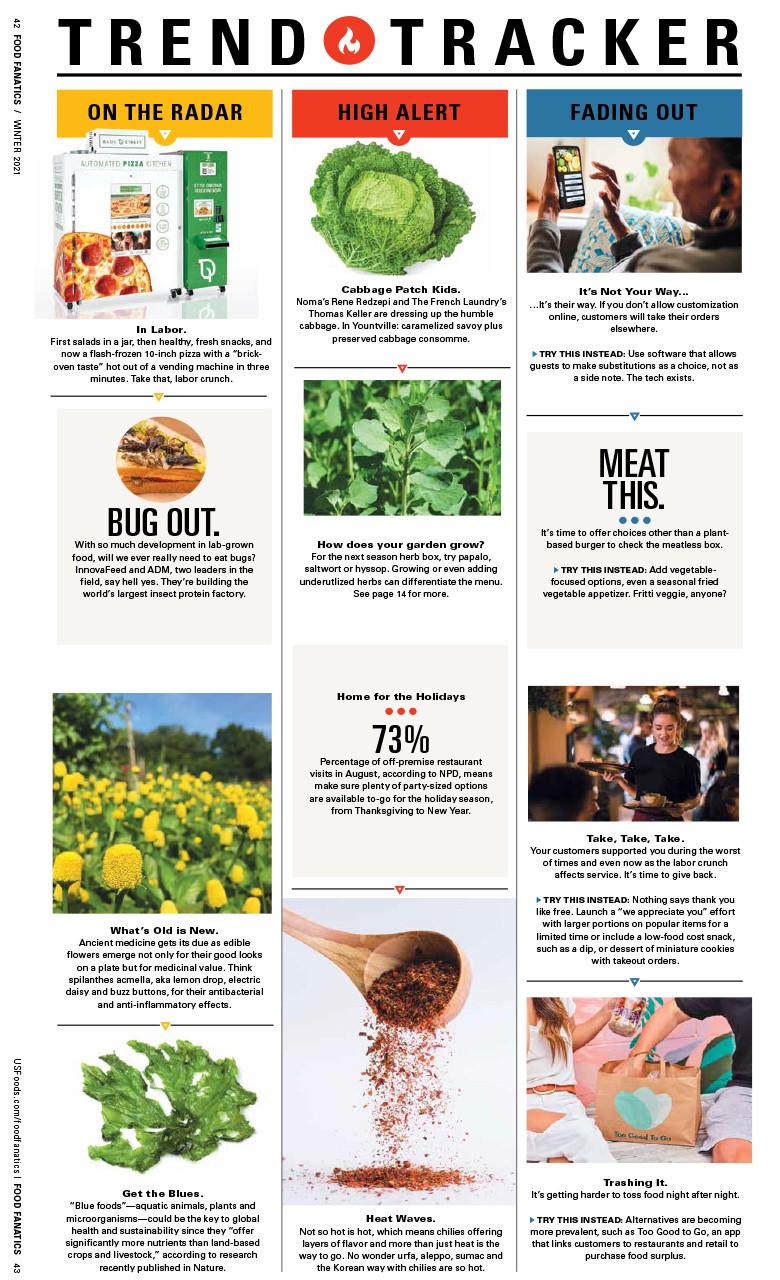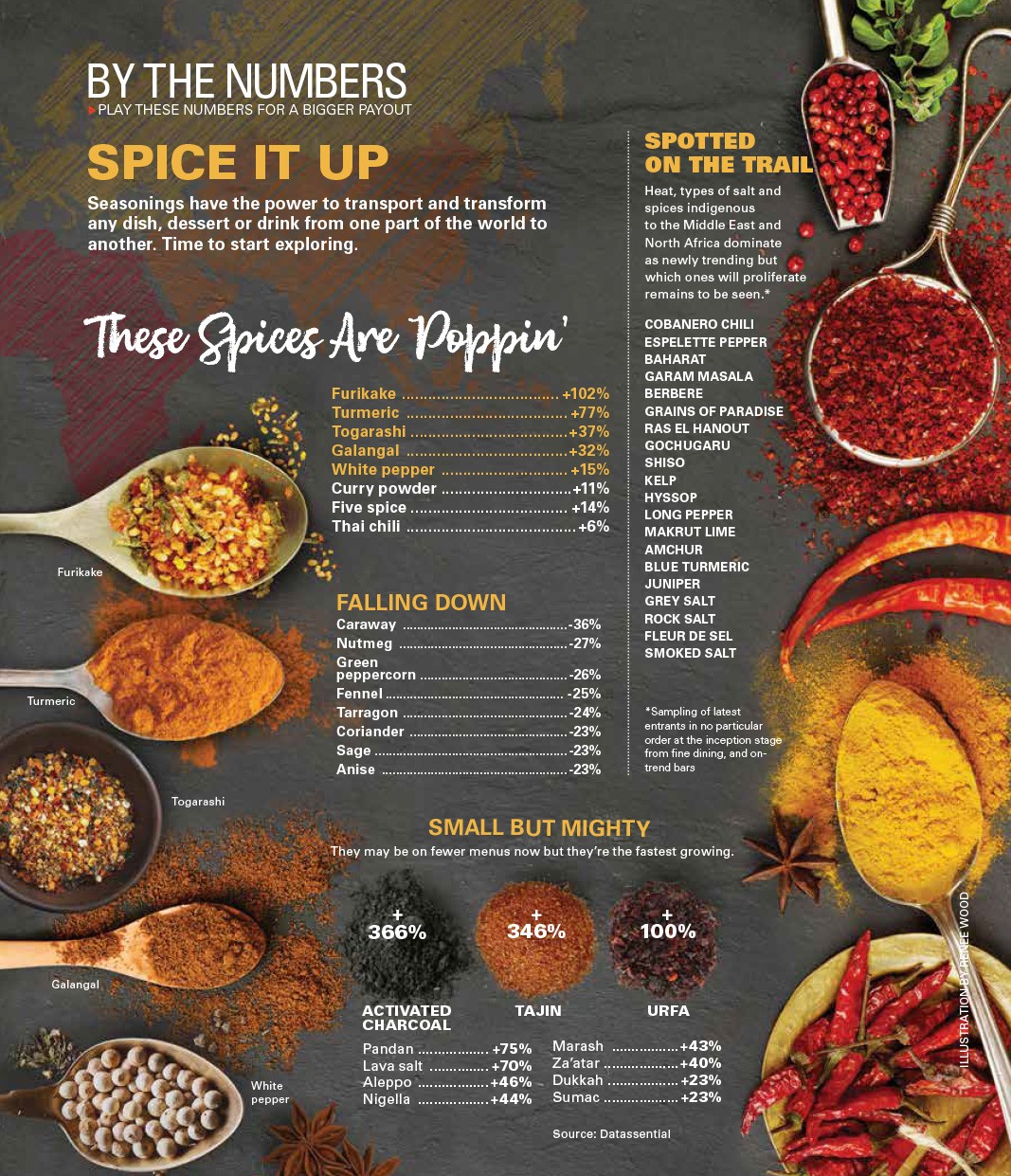Selling Wine Online
Check in here to check out more bottles
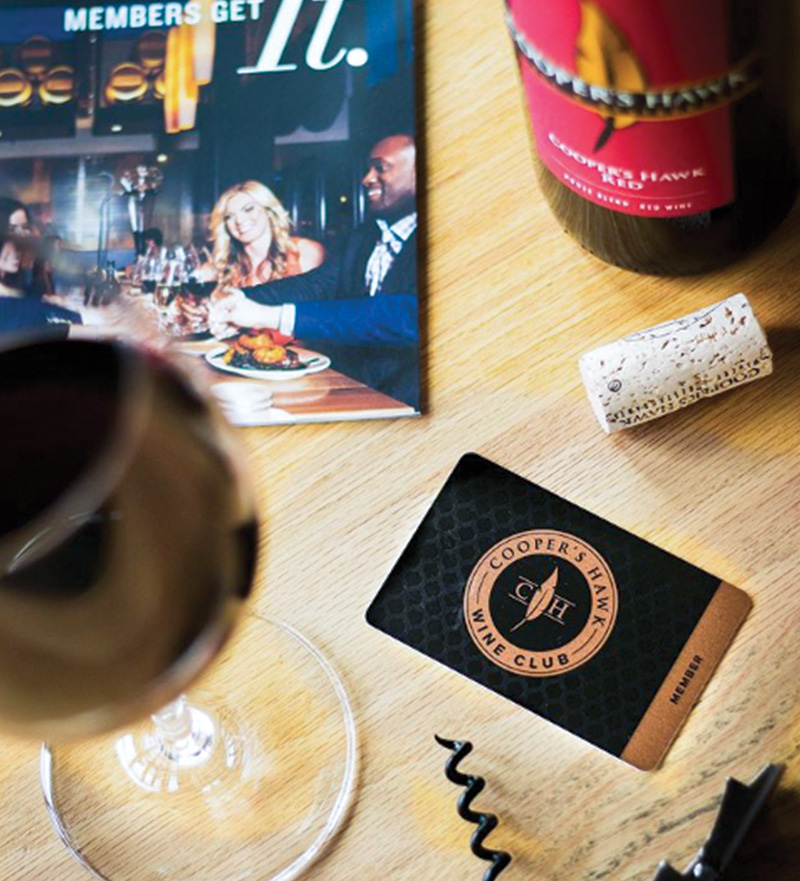 Most diners need more information than the vintner, varietal and year to order wine for carryout or delivery, making it the most challenging sell for a restaurant.
Most diners need more information than the vintner, varietal and year to order wine for carryout or delivery, making it the most challenging sell for a restaurant.
Yet in states that allow liquor sales for off-premise consumption, selling bottles online, as a part of dinner packages or virtual tasting events, has become indispensable. Operators are succeeding with limited, and oftentimes zero, direct customer contact – the antithesis of wine sales – by stretching their creativity to guide guests’ palates. With processes in place and the kinks worked out, they say there’s no reason to stop their online efforts. Here’s how it worked:
► ENGAGE THE AUDIENCE
With locations in the Midwest and Southeast, Cooper’s Hawk Winery and Restaurants launched its first online tasting events with an advantage: an established wine club membership. Customers in states that allowed takeout alcohol sales could pick up wine kits, some that included charcuterie, for $25 to $60, and log onto Zoom for a live tasting and educational session led by a chef or winemaker. “So far, more than 2,000 people have participated,” says tasting room expert Jordan Sotelo.
But the new effort wasn’t void of hiccups.
“The staff at Cooper’s Hawk had to familiarize themselves with Zoom, to which they’d never previously given thought, and learn on the fly to navigate IT issues for themselves, as well as online tasting participants,” he says.
Any restaurant can do this – but start with a plan, Sotelo stresses, and poll customers to narrow options and gauge interest before investing too much time putting together online programming. Rehearse the presentation to avoid problems, such as inadequate lighting, background and spacing of bottles and glasses.
“Now that we’ve learned what people are interested in and what translates well to online, we are able to still make it a unique experience,” Sotelo says.
► VARY THE CONTENT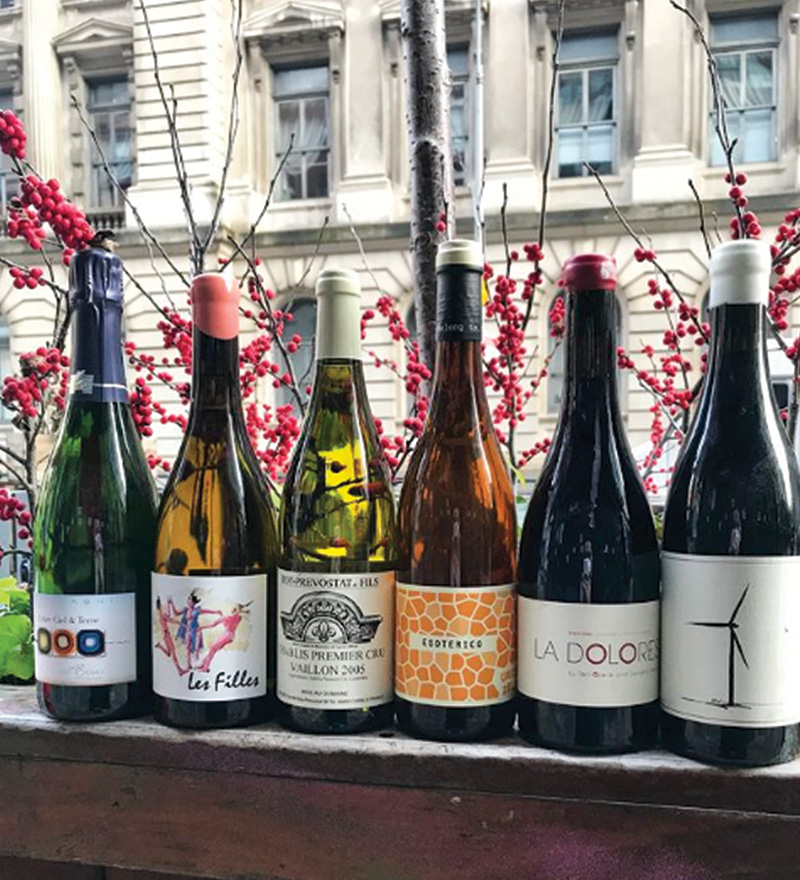
To reach more customers, New York City’s La Compagnie des Vins Surnaturels launched an online wine boot camp, each one focusing on a region, such as South Africa, Greece and Southern Italy. The $120 price includes three bottles of wine, tasting grids, pairing suggestions and a class via Zoom. The price of delivery is included.
► OFFER A SUBSCRIPTION
Monthly subscription can help with existing inventory and projecting sales – but like online tasting events, planning and knowing your audience is as important as the promotion.
At Dave Beran’s Pasjoli in Santa Monica, California, two types of online subscriptions are offered that align with the chef-driven French bistro. The “standard” is an “entry-level glimpse into some of the unique French wine producers, grapes and regions” while the “premium” is “an elevated deep dive into our more vintage and harder-to-find French cellar.” The standard starts at $65 for two bottles and up to six for $182; the premium is $65 and $250 for the respective same amount, both of which is a savings from dine-in.
The subscription is accompanied by a variety of items, such as housemade bread, duck rillette or pâté and curated cheeses. Subscribers have access to educational content created by the Pasjoli team, showcasing the stories, origins, and tasting notes from the month’s selections.
► PRICE IT RIGHT
While curating a focused but interesting list, take a hard look at pricing. At the start of the pandemic, many restaurants cut prices, often in half, for cash flow. But for wine sales post-pandemic, be sure to include a variety of prices that balance retail with restaurant costs for ready-to-drink bottles and even the occasional “sleeper” – the exceptional value and quality for the price.
Spruce in San Francisco offers a range of prices, from $16 for Pinot Grigio Marco Felluga to $74 Pinot Noir Archery Summit Arcus Estate. The restaurant, which has a 3,500 bottle list, converted part of the restaurant into a wine shop with staff who have helped customers expand their knowledge. While Spruce hasn’t determined how it will proceed later in the year, wine and spirits director Andrew Green says the restaurant will continue offering selections online as long as they sell.
► DESCRIBE FLAVORS
The online ordering platform that Fausto in New York uses allows for descriptions of the wines and tasting notes, as well as the producer, origin and grape. For example, the Rodaro Ribolla Gialla 2014 is described as a “clear, light straw yellow with scents of fresh flowers and ripe fruit with exotic hints: pineapple, yellow melon, peach and pear, finishing with high acidity.
The Dakota Cafe, a local institution in Ellensburg, Washington, offers tasting notes as well, but also includes food pairing suggestions on the takeaway menu.
TIPS FOR ONLINE SALES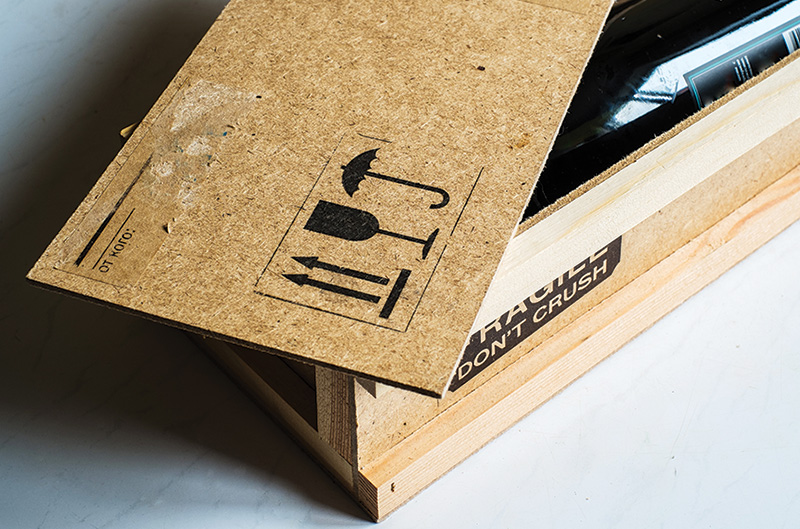
Know your state’s regulations: Not all areas allow online alcohol sales or delivery, and there may be limitations in the ones that do, including how online sales should be taxed. Check your city and state’s guidelines frequently to be sure you’re in compliance as circumstances change.
Vary your offerings: Creating different tiers when selling packages, such as bundles and kits for online tasting events, has the dual function of allowing customers to participate in the customization of their experience, as well as being inclusive by offering a lower price point option.
Make online sales special: Offer sales prices and inventory online that would not otherwise be available.
Encourage membership: Online member infrastructure builds community and customer loyalty and requires very little overhead to establish.


